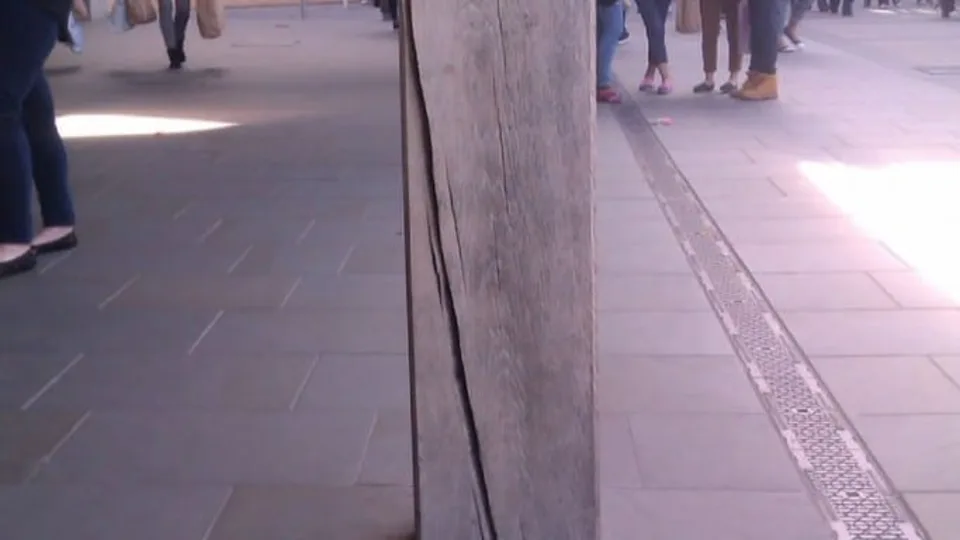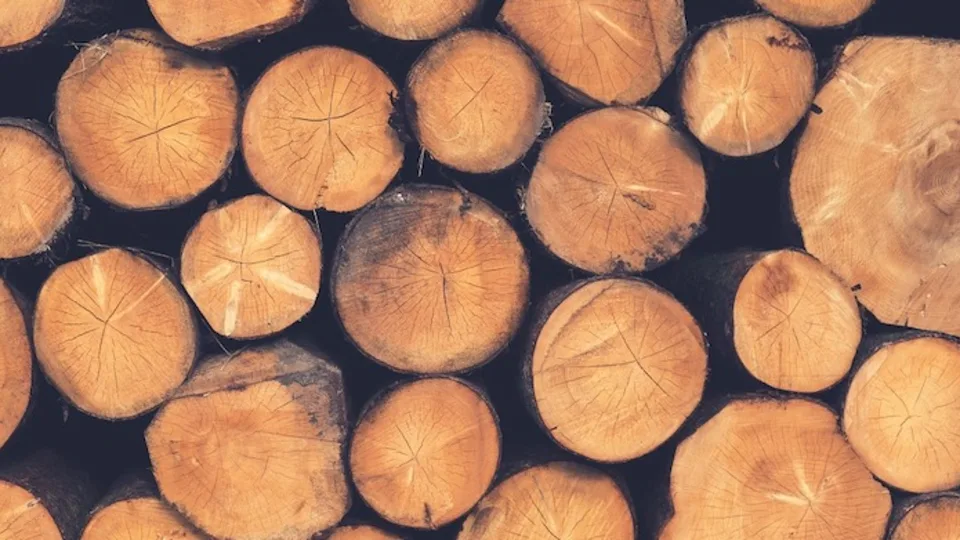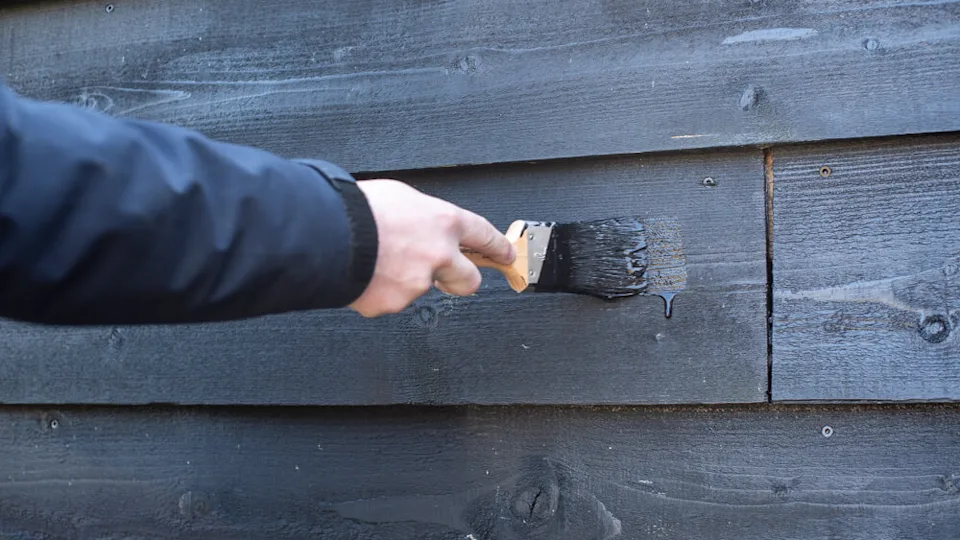Understanding moisture content in timber: The hidden factor in log cabin wood treatment
When it comes to protecting your log cabin from the elements and ensuring a long-term investment, choosing the best wood treatment is important. However, did you know that when you apply it is just as important?
When it comes to treating log cabins, one crucial detail is often overlooked: Moisture content.
Treating your log cabin too early, when the wood is still damp, can lead to peeling, flaking and even trapped moisture that causes rot further down the line. Understanding how moisture content works will help you get the best results from your treatment and avoid common problems.
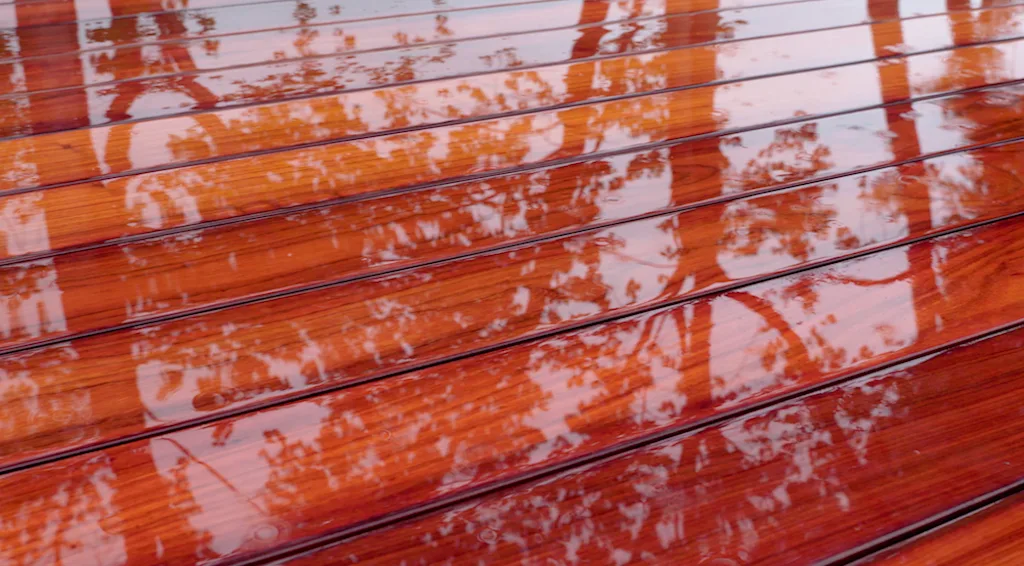
What is moisture content in wood?
Moisture content refers to the amount of water present in the wood, expressed as a percentage of its dry weight. Freshly cut or recently delivered timber can have a high moisture content, sometimes over 25-30%.
As the wood is exposed to air, it naturally dries out over time, adjusting to its surrounding environment. This process, known as seasoning, is crucial before treatment is applied to ensure optimal absorption and effectiveness.
Log cabins are made from slow-grown spruce or pine, which are softwoods that naturally absorb and hold moisture. While the timber may feel dry to the touch, it could still be holding moisture deep inside. This is why surface dryness can be misleading and you need to consider internal moisture too before treating your log cabin.
Wood is a sponge
Wood is a natural material, so it warps and moves over time. The material acts as a sponge. Each part of your log cabin acts like an individual sponge and is constantly trying to reach an equilibrium with its surroundings.
If we zoom into a piece of wood, you can see exactly why it acts like a sponge:
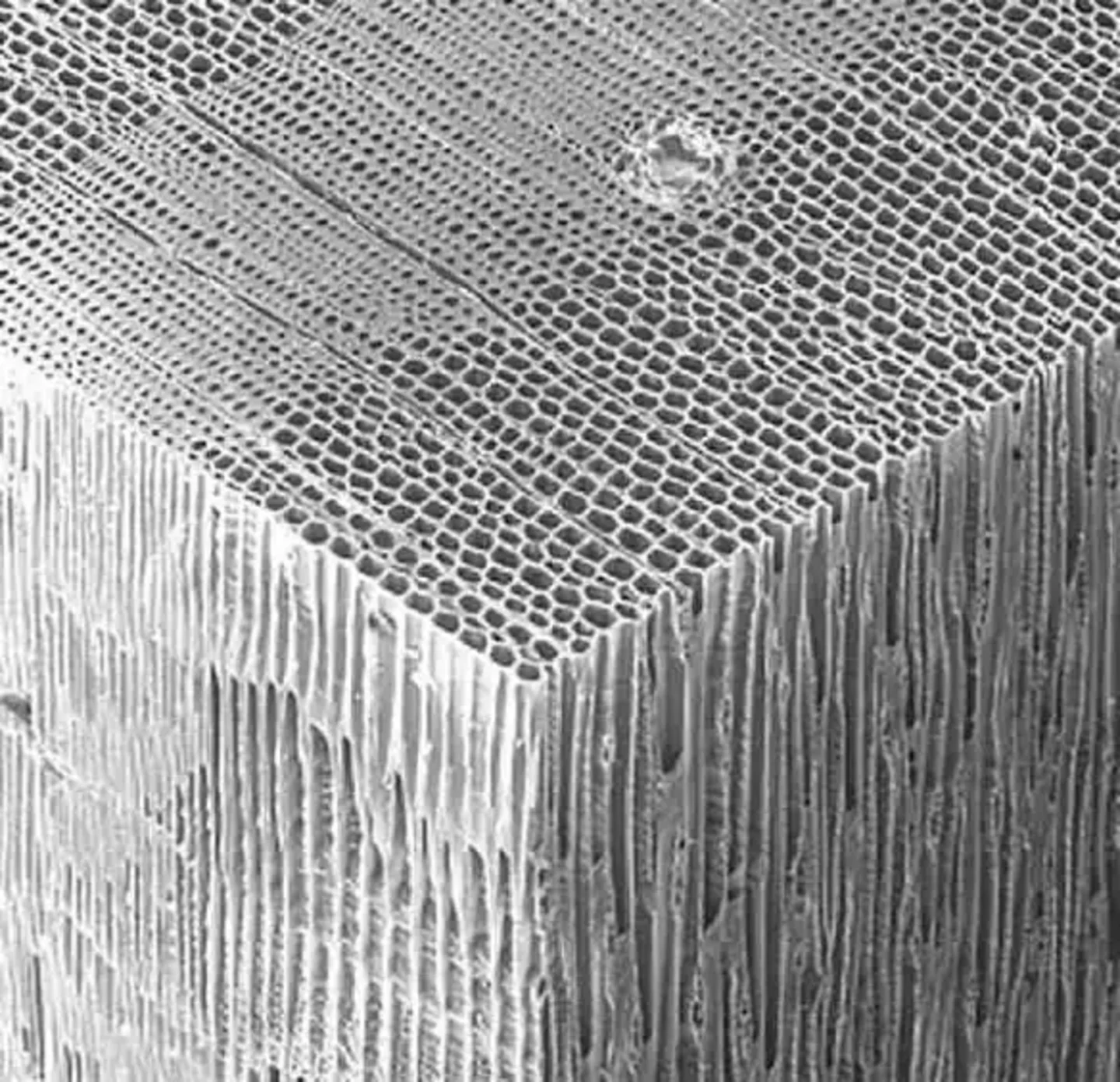
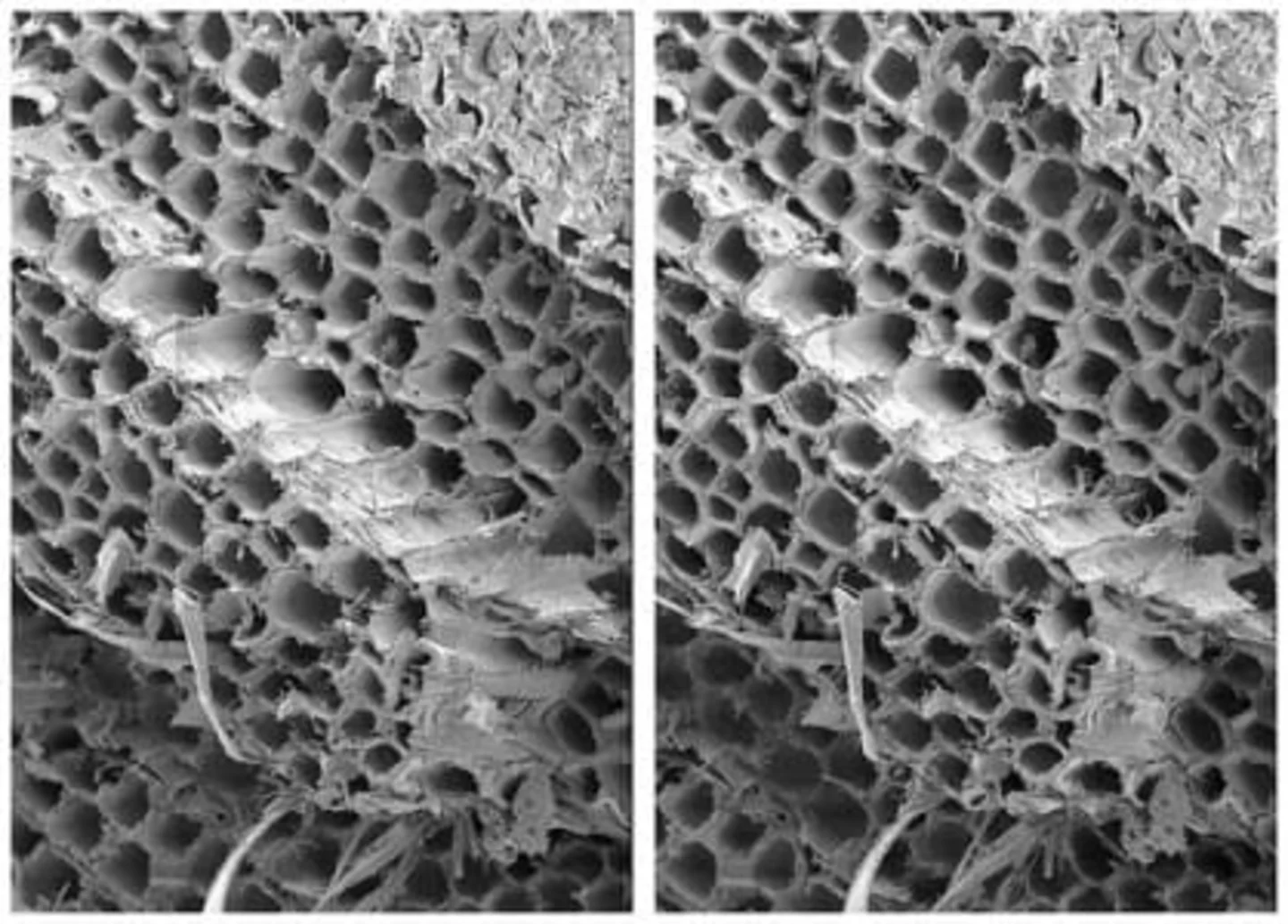
Wood is made up of straws which allow the tree to draw water up. Each piece of wood is full of holes and each one fills with or drains of water when the material is exposed. For an untreated piece of wood, this filling and draining process happens constantly as the wood tries to reach the same moisture content as the surrounding air. This is known as relative humidity and is a measurement of the amount of moisture in the air around us.
Relative humidity in the UK
There is a direct link between the relative humidity and the moisture content in wood. The UK has an average high humidity of 92% and a low of 69% so Relative Humidity will depend on where you live.

In the UK in particular, relative humidity changes over the course of a month can be quite dramatic in terms of highs and lows. Humidity tends to be higher which makes the weather wetter in the winter and lower in the summer which makes the weather drier. These changes in humidity are causing the timber to grow and contract constantly.
Moisture content vs relative humidity
With the changes in relative humidity in mind, there is a direct correlation between the moisture content of untreated wood and the humidity in the air.
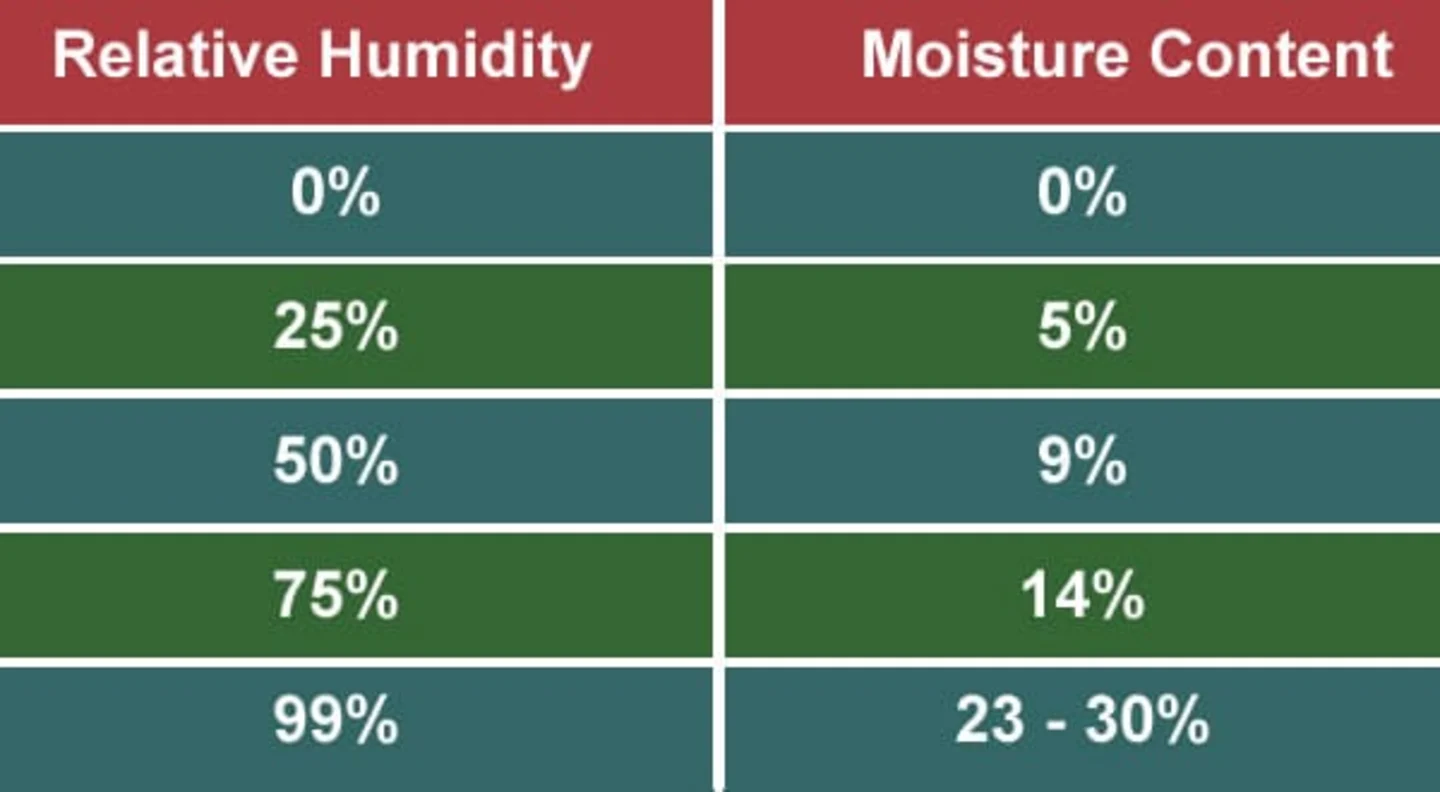
What does relative humidity and moisture content have to do with your log cabin?
As you can see from the charts above, at 75% relative humidity, the moisture content of wood is 14%. The average relative humidity of the UK is 75% so we dry all of our log cabins to 14%.
This means that when we machine the wood, it is at its ‘average’ moisture content for its lifetime in its intended location of use. These charts show that maintaining high timber moisture content would require unusually high relative humidity which is something the UK doesn’t typically provide. Many log cabin suppliers save money by reducing kiln drying, which means the wood often contains more moisture when milled. As the cabin adjusts to the UK’s average humidity, it naturally shrinks. This is why you might notice loose joints during assembly or small gaps forming weeks later, it’s the timber settling to match local environment conditions.
When choosing a log cabin or any other timber building for your garden, always make sure it has a kiln dried moisture content of between 14% and 16%. If it’s above this, it will need to shrink further to reach this level and you will notice gaps in your log cabin.
How much movement happens with untreated wood?
For every 4% change in relative humidity, there is a change in the wood of 1%. For example, a 114mm log that hasn’t been treated will grow or shrink by 1.14mm for every 4% change in humidity. The UK’s humidity levels can change by 21% which could result in a 5.98mm change for each log of your log cabin (theoretically).
If your log cabin moved to this degree, we’d see the following problems over time:
Doors and windows warping
Cracks and splits in the wood
Gaps appearing in some logs when they shrink faster than larger logs
Understanding depth of treatment
One of the most overlooked problems in log cabin maintenance is insufficient depth of treatment. It’s not enough to just apply a product that is aesthetically pleasing or provides a quick refresh for the surface of the wood. The goal is for the treatment to soak into the grain of the timber.
We recommend aiming for at least 80-120 microns of coating depth. Achieving this often requires multiple coats, especially with lighter or cheaper treatments. If the moisture content of the wood is too high, the depth will never be reached, the product simply sits on top, unable to bond with the wood or protect it.
You can see the effect of the number of coats of treatment, stain or paint in our blog: The best log cabin treatments: Everything you need to know.
Moisture content is the foundation of good log cabin treatment
Moisture content isn’t just a technical detail, it’s one of the most important factors in whether your treatment lasts or fails.
Take the time to measure, dry and prepare your log cabin properly before applying oils, stains or paints. Doing so allows treatments to penetrate deeply, adhere correctly and offer long-term protection against weather and wear. Treating your log cabin is not about speed, it’s about timing.
Need help choosing the right treatment?
Take a look at our full range of treatments, stains and paints to find the right solution for your log cabin.
If you need additional help, speak to our expert customer service team. We’re always happy to offer advice and guidance.




